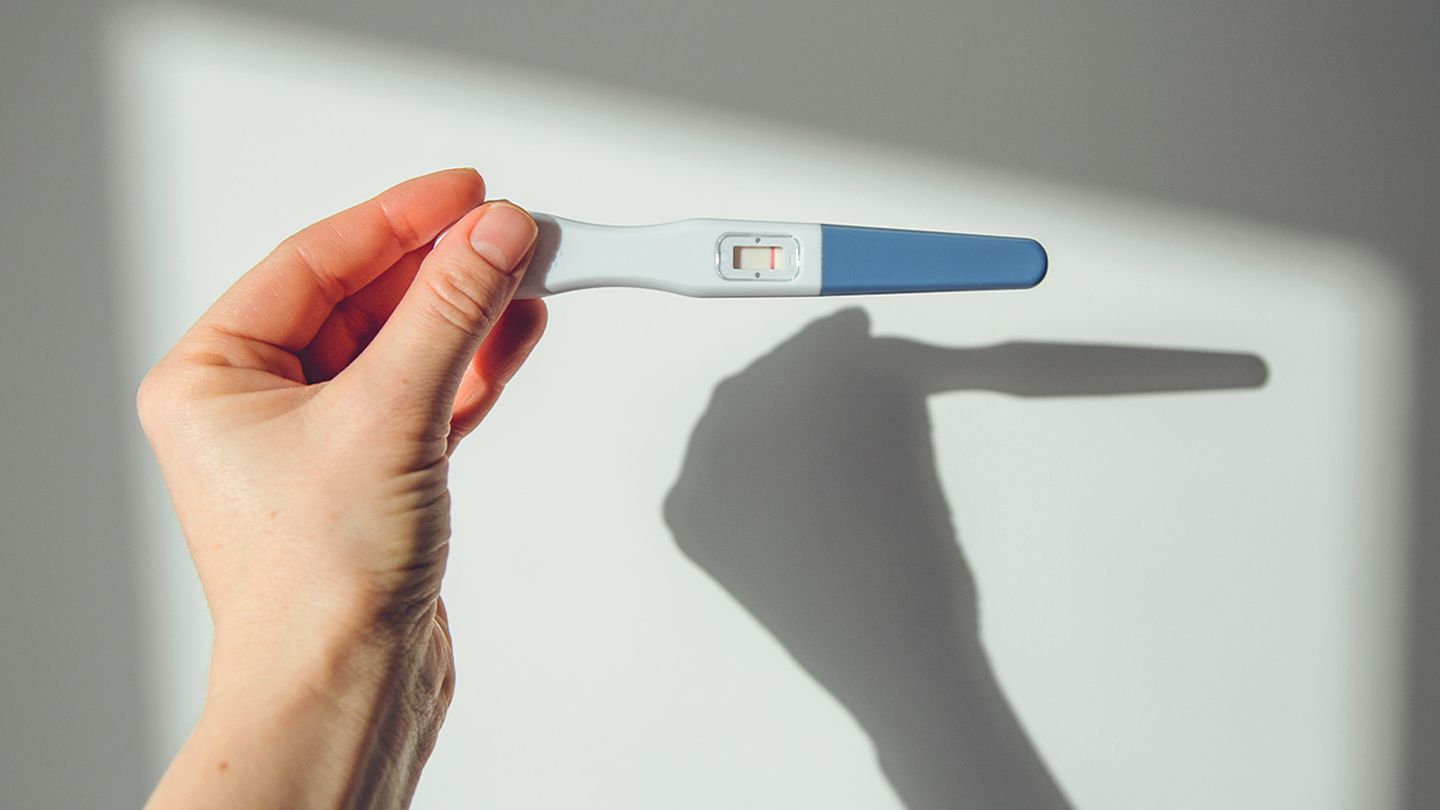Welcome to a discussion about a sensitive topic that affects women worldwide: incomplete abortions. We understand it can be a tough topic. But, it’s important to learn why they can happen. This information can help keep women safe. Incomplete Abortion.
What Is an Incomplete Abortion?
An incomplete abortion happens when tissue from the pregnancy stays inside the womb after an abortion. This can lead to serious problems if not treated quickly and carefully.
Main Causes of Incomplete Abortion
To understand more, let’s look into the main causes of this issue.
| Cause | Description |
|---|---|
| Medical Issues | Problems in a woman’s body can lead to an incomplete abortion. |
| Medicine Problems | Sometimes, the medicines that cause abortions don’t work right. |
| Early Pregnancy | Very early pregnancies might have more risk of incomplete abortion. |
| Procedure Issues | If something goes wrong during an abortion procedure. |
Medical Issues In Detail
Some women have health conditions that can increase the risk. Here are some:
- Scarred Womb: This can happen from surgery or past births.
- Fibroids: They’re non-cancer growths that can cause trouble.
- Abnormal Womb Shape: Sometimes the shape of the womb can be different.
Medicine Problems
When medicines don’t work as they should, incomplete abortions may happen. This is why:
- Wrong Dose: If a woman doesn’t get the right amount of medicine, it might not work.
- Resistance: Sometimes a woman’s body might not react to the medicine.
- Expired Medicines: Old medicines might be less strong.
Early Pregnancy
Pregnancies that are very new might be harder to notice during an abortion. This can cause a higher risk of something being missed.
Procedure Issues
Problems during the process can lead to incomplete abortion. It’s key to have a skilled person do the procedure. They should also use the right tools.
What Happens After an Incomplete Abortion?
After an incomplete abortion, a woman should get help as soon as possible. She may need:
- A Doctor’s Checkup: A doctor can find out what’s going on.
- More Medicine: She might need more medicines to fix the problem.
- A Procedure: Sometimes, another procedure is needed to take out what’s left.
Importance of Expert Care
Getting care from experts is super important. They know what to do for these kinds of problems. They can keep women safe and healthy.
Concluding Thoughts
Incomplete abortions are serious. They need fast and good care. Let’s spread the word to keep women well-informed. This can make a big difference in their health.
Frequently Asked Questions:
What Triggers An Incomplete Abortion?
An incomplete abortion can be caused by several factors, including improper medical procedures, underlying health conditions of the pregnant individual, and fetal developmental abnormalities.
How Does Misoprostol Prevent Incomplete Abortions?
Misoprostol works by stimulating uterine contractions to facilitate the expulsion of pregnancy tissue, which can help prevent incomplete abortions.
Can Infections Lead To Incomplete Abortions?
Yes, infections, especially those affecting the reproductive system, can interrupt the abortion process, resulting in an incomplete abortion.
Are Incomplete Abortions Linked To Age?
Women over 35 or under 18 have a slightly higher risk of complications, including incomplete abortions, due to age-related reproductive system factors.
What Role Do Uterine Abnormalities Play?
Uterine abnormalities, such as fibroids or an abnormally shaped uterus, can hinder the complete expulsion of fetal tissue during an abortion.
Does Early Prenatal Care Detect Abortion Risks?
Early prenatal care can identify potential risks and health conditions that might increase the likelihood of an incomplete abortion.



